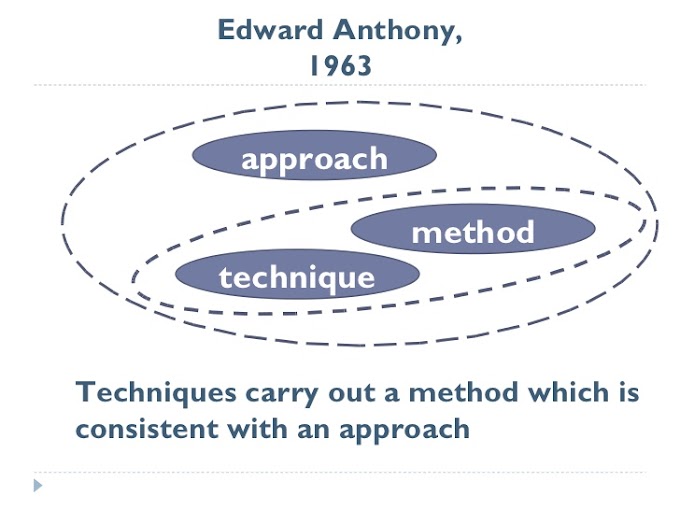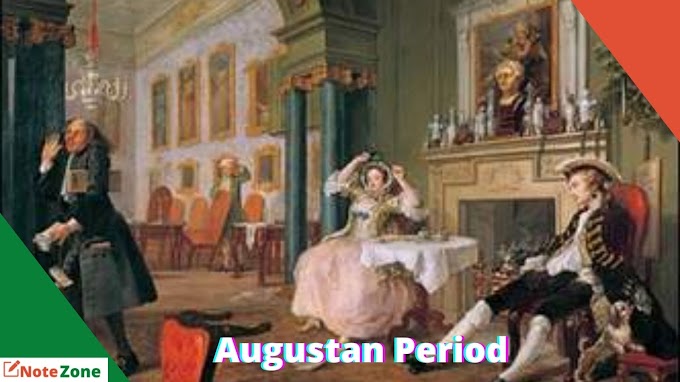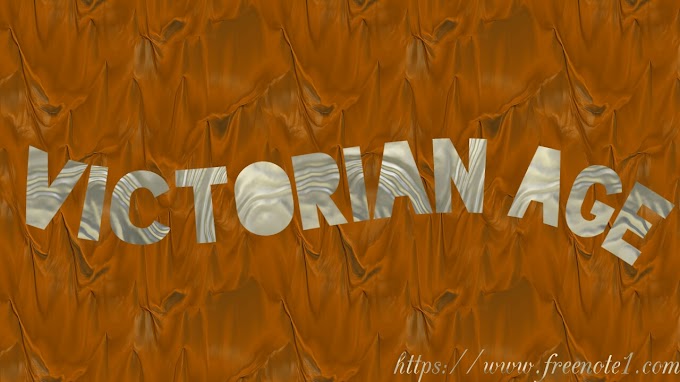The Contemporary picture of English Society in "The Way of The World":
"The Way Of the World" is an exquisite portrayal of the contemporary society of the Restoration period. It gives us a picture of the prosperous leisured class who are not engaged in serious. business of life but with the outer superficial things. It gives us a better knowledge of the manners, the mentality and the outlook of the aristocratic men and women of the Restoration society -- their fashionable way of life, their witty way of expression, their dealing with love, marriage, adulterous relationships etc. Over all, the play is e perfect portrayal of the people and society of Congreve's age.
The Restoration is I period of loose morals and the play gives us an adequate idea of the prevailing morality. The play has a number of characters all belonging to the polished, upper class society. Most of these characters have very weak sense of morality. They have no other bushes but motivating actions relating always to illicit love affairs. mrriage. courtship; etc. Mirabell and Millamant are in love with one another. But we see that this hero previously had a relationship with Mrs. Fainall. Mrs. Fainall, though married, still seems to admire her ex-lover. Herr husband also maintains an illicit love affair With Mr. Marwood. The showy relationship of men and women of the Restoration society is presented excellently through the couple of Mr. and Mrs. Fainall.
We again see that Lady Wishfort is fifty-five but even at this stage of life she fancies herself to get married. At the same time, almost all the men and women of this society are involved in intrigues to fulfil their worldly desires. They want to fulfil their desire and ambition at any cost. Mr. Fainall marries Lady Wishfort‘a daughter for money. Mr. Fainall, on the other hand, taken adequate precautions against any possible betrayal by her husband with the help of Mirabell. Mirabell also pretends to love Lady Wiahfort but actually loves her niece Millamant. This pretence is done only to please her and to get her permission to marry her niece. Ultimately she is deceived and disappointed.
So, we can say that William Congreve paints a damaging picture of the upper class of the society a society which is extremely hypocraitical in nature and devoid of any sense of morality. But we are to remember that the life mirrored in the play is not the lifee of English people as a whole. Through the play we too only the luxurious and the sophisticated class. The rural people being far away from London are free from sophistry or sensuousness. Sir Wilfull Witwoud is a representative character of the greater part of English country dwellers. His manners are talk have none of the artificial gloss about them and is far from being a lady' dupe.
The Restoration is I period of loose morals and the play gives us an adequate idea of the prevailing morality. The play has a number of characters all belonging to the polished, upper class society. Most of these characters have very weak sense of morality. They have no other bushes but motivating actions relating always to illicit love affairs. mrriage. courtship; etc. Mirabell and Millamant are in love with one another. But we see that this hero previously had a relationship with Mrs. Fainall. Mrs. Fainall, though married, still seems to admire her ex-lover. Herr husband also maintains an illicit love affair With Mr. Marwood. The showy relationship of men and women of the Restoration society is presented excellently through the couple of Mr. and Mrs. Fainall.
We again see that Lady Wishfort is fifty-five but even at this stage of life she fancies herself to get married. At the same time, almost all the men and women of this society are involved in intrigues to fulfil their worldly desires. They want to fulfil their desire and ambition at any cost. Mr. Fainall marries Lady Wishfort‘a daughter for money. Mr. Fainall, on the other hand, taken adequate precautions against any possible betrayal by her husband with the help of Mirabell. Mirabell also pretends to love Lady Wiahfort but actually loves her niece Millamant. This pretence is done only to please her and to get her permission to marry her niece. Ultimately she is deceived and disappointed.
So, we can say that William Congreve paints a damaging picture of the upper class of the society a society which is extremely hypocraitical in nature and devoid of any sense of morality. But we are to remember that the life mirrored in the play is not the lifee of English people as a whole. Through the play we too only the luxurious and the sophisticated class. The rural people being far away from London are free from sophistry or sensuousness. Sir Wilfull Witwoud is a representative character of the greater part of English country dwellers. His manners are talk have none of the artificial gloss about them and is far from being a lady' dupe.





0 Comments